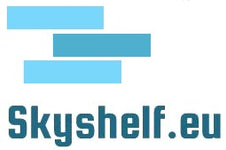
USITC - Business Jet aircraft industry (2012) (Ebook)
USITC - Business Jet aircraft industry (2012)
Structure and factors affecting competitiveness
United States Trade International Commision
This report describes and analyzes factors shaping the competitiveness of the U.S. business jet industry during 2006–11, as well as the industry’s structure worldwide. The United States has been the leading player in the industry since its inception in the 1960s. Three of the six global business jet producers are headquartered in the United States, while the other producers maintain at least one U.S.-based production activity. However, competition is strong, frequent cutting-edge updates are necessary, and demand is cyclical. During the last economic downturn, deliveries dropped 57 percent, from a peak of 1,121 aircraft in 2008 to a preliminary total of 485 in 2011. This decline largely reflected customers’ lower profits and the scarcity of credit, which especially weighed on potential buyers in two segments—very light and light business jets—in which deliveries of two U.S.-owned firms are concentrated. At least seven additional U.S. and foreign companies have expressed their intent to enter this industry. U.S. industry officials also indicated that sales and development of business jets were affected by the availability of financing, continued investment in research and development to maintain innovation capability, and the timely certification of business jets to provide state-of-the-art aircraft to the market. Finally, as demand for business jets softened in traditional markets, such as the United States and Europe, it rose in emerging economies, which were less affected by the downturn. This study, prepared by the U.S. International Trade Commission at the request of the U.S. House of Representatives Committee on Ways and Means, focuses on business jets at or below 50,000 pounds maximum takeoff weight.
250 pages – in English

